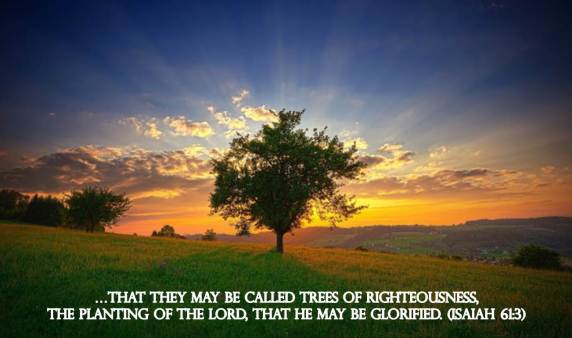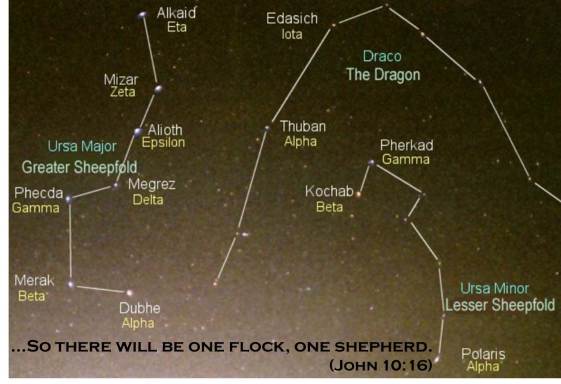Have you ever wondered how we as humans can be compared to trees? There are a number of places in Scripture where it speaks of people of us as trees (e.g. Ps 1:3, 92:12; Isa 61:3), or our actions as representing the attributes of trees. In Isaiah 61:3, the prophet says that when we are brought back out of grief and mourning into praise and joy, that we resemble trees of righteousness. Psalm 92:2 says that the righteous will flourish like palm trees, and Psalm 1:3 says that when a person delights in YHVH’s Word, then they shall be like a tree planted by the rivers of water…and whatever they do will prosper.
In Proverbs 15:4 YHVH says that our tongue is like a tree of life when we speak gentle words to people. Proverbs 3:18 states that when we embrace YHVH’s wisdom in our lives, we are blessed with happiness and YHVH’s wisdom is like a tree of life to us. In Proverbs 11:30, we learn that when we are walking a righteous path of life, the fruit of the Spirit is a “tree of life“, and we exhibit wisdom when we are winning souls into YHVH’s Kingdom.
What is it that is so significant about trees and that we are like them? Botany and anatomy show us that human skeletons are constructed similar to trees, where our backbone is the trunk that holds our bodies upright and allows us to walk and move about without discomfort or pain. Beyond this obvious physical comparison, though, Scripture says that when we are rooted and grounded in YHVH’s Word, we will be like trees planted firmly in the love of Messiah, with the promised blessing that we will “be filled with all the fullness of God” (Eph 3:17-19).
How do we become like trees of righteousness? After Adam and Eve [Chavah] were cast out of the Garden for their disobedience, angels were placed all around the Tree of Life so that they could not eat from it. It is no coincidence that Yeshua was crucified on a tree. Through His righteous atonement, He allowed us to be righteous and holy before Abba Father, just as we were told to be like trees of righteousness in Isaiah 61:3. When we believe and accept Yeshua’s precious gift, we become righteous like Him.
Yeshua’s atonement provides our new life in Him: “who Himself bore our sins in His own body on the tree, that we, having died to sins, might live for righteousness—by whose wounds you were healed” (1 Peter 2:24). The tree features prominently in the Gospel story, and Yeshua brings righteousness to us through His unswerving obedience to the Father and His willingness to give His life for those who hated and persecuted Him.
When Yeshua spoke to the congregations through John in Revelation 2, He told them that although they had been diligent in doing YHVH’s works, they had lost their first love (Himself). But then He promised that “the one who overcomes I will grant to eat of the tree of life, which is in the paradise of God” (Rev 2:7). Since the time of Adam and Chavah, people had been expelled from the Garden and from being able to eat of the Tree of Life, but in the Millennial Kingdom, the paradise of God will be re-established. Those who keep YHVH’s commandments will “have the right to the tree of life..” (Rev 2:14)
There will be a physical Tree of Life in YHVH’s future Kingdom, which will bear different fruit every month, and its leaves will be for the healing of the nations. However, we believe that Yeshua will be the ultimate Tree of Life who will dwell at the center of the true “paradise of God”. He is the Seed, Root, Trunk, Branches, and Fruit that come from heaven. The first Adam (in the Garden of Eden paradise) lost access to God because of his sin, but the last Adam reclaimed our access by means of His obedience, resisting the power of evil even to the point of death upon the tree (Phil 2:8). His resurrection life is the “firstfruits” of all who put their trust in Him; “For as in Adam all die, even so in Messiah Yeshua shall all be made alive” (I Cor 15:22). Those who have put their trust in Yeshua and continue to keep His commandments to the end will be made alive in Him and will spend eternity in Paradise with Him. Will you be one of those blessed people?



